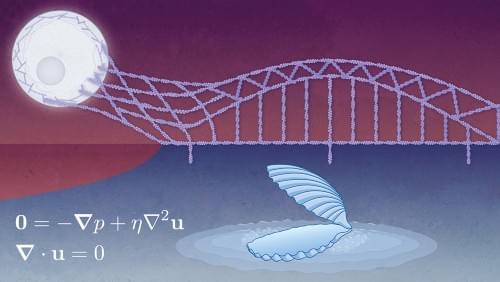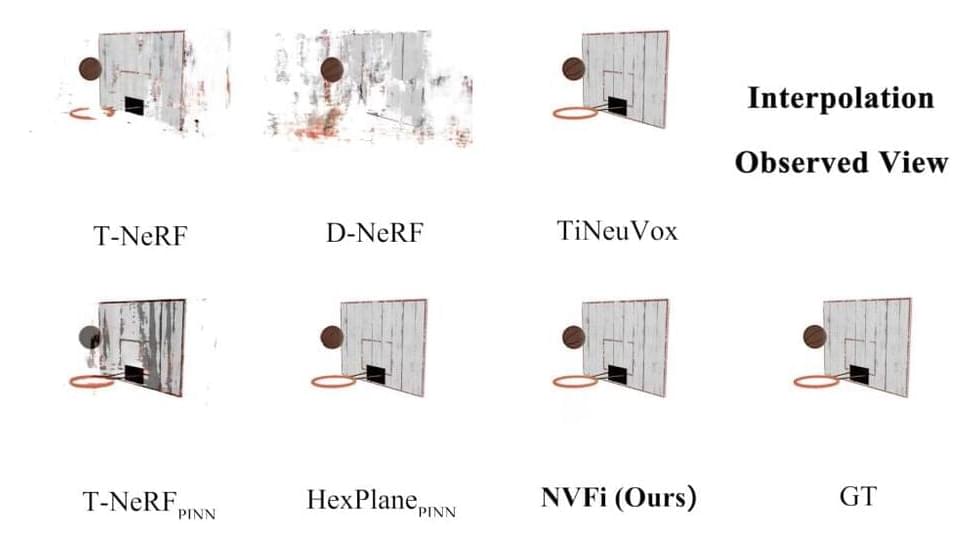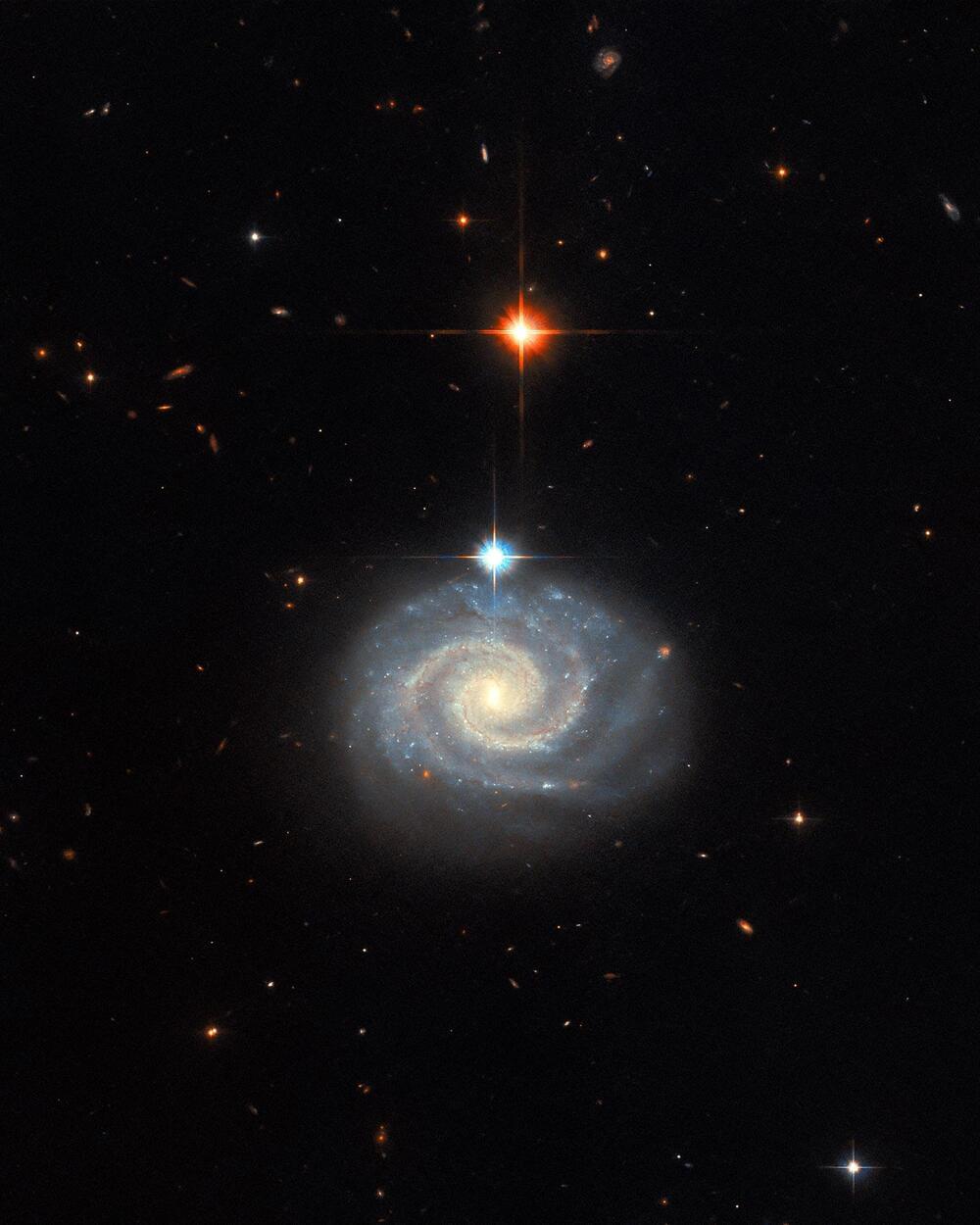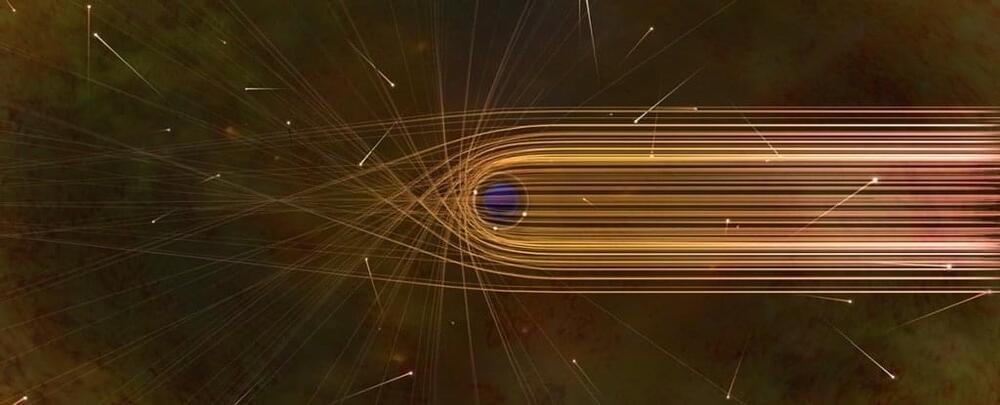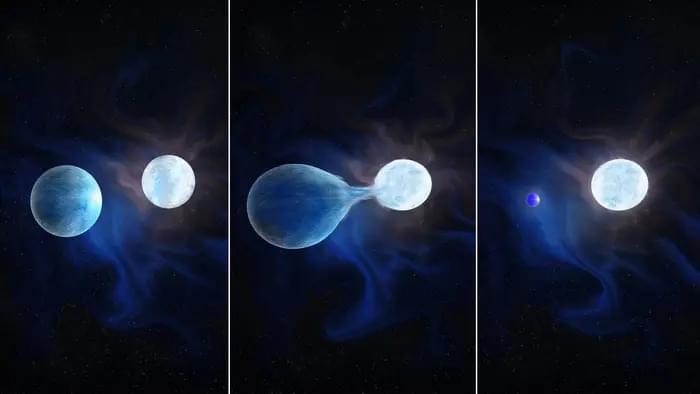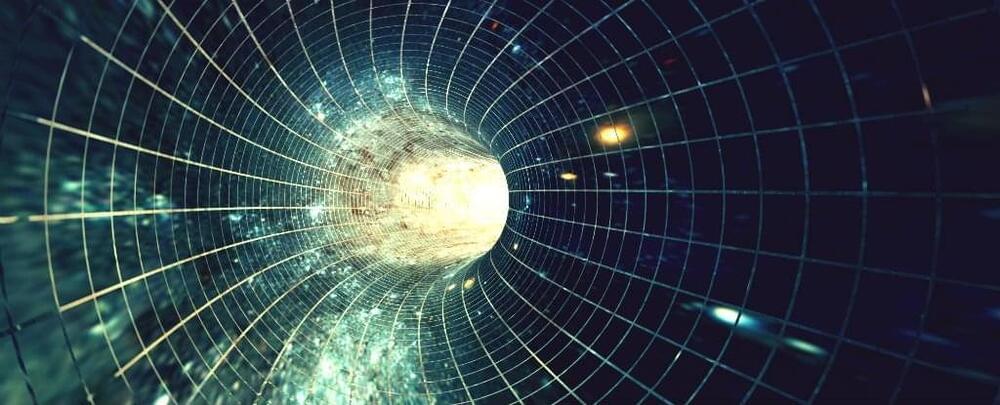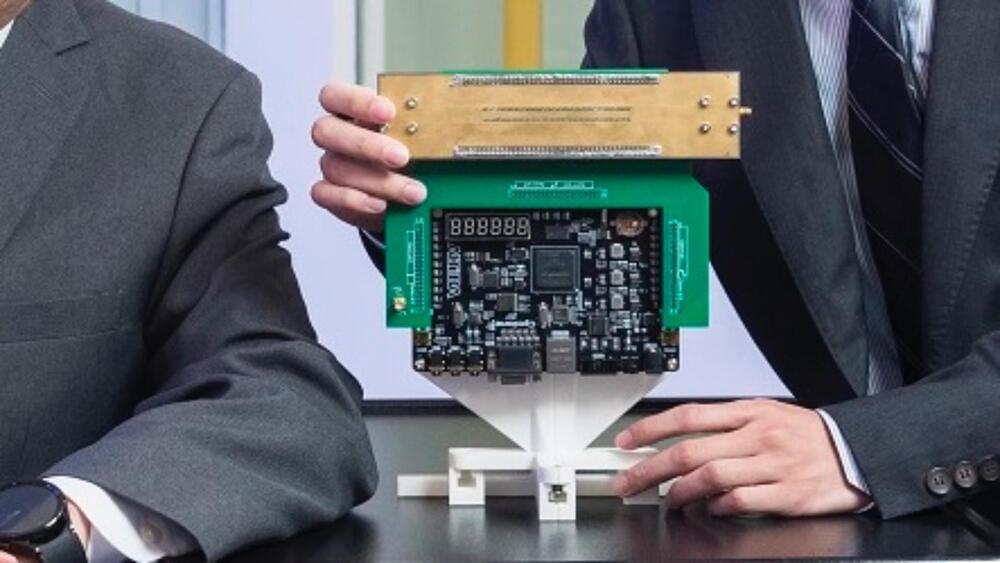Research in biological physics often requires collaboration across different fields.
Category: physics – Page 71
NVFi tackles the intricate challenge of comprehending and predicting the dynamics within 3D scenes evolving over time, a task critical for applications in augmented reality, gaming, and cinematography. While humans effortlessly grasp the physics and geometry of such scenes, existing computational models struggle to explicitly learn these properties from multi-view videos. The core issue lies in the inability of prevailing methods, including neural radiance fields and their derivatives, to extract and predict future motions based on learned physical rules. NVFi ambitiously aims to bridge this gap by incorporating disentangled velocity fields derived purely from multi-view video frames, a feat yet unexplored in prior frameworks.
The dynamic nature of 3D scenes poses a profound computational challenge. While recent advancements in neural radiance fields showcased exceptional abilities in interpolating views within observed time frames, they fall short in learning explicit physical characteristics such as object velocities. This limitation impedes their capability to foresee future motion patterns accurately. Current studies integrating physics into neural representations exhibit promise in reconstructing scene geometry, appearance, velocity, and viscosity fields. However, these learned physical properties are often intertwined with specific scene elements or necessitate supplementary foreground segmentation masks, limiting their transferability across scenes. NVFi’s pioneering ambition is to disentangle and comprehend the velocity fields within entire 3D scenes, fostering predictive capabilities extending beyond training observations.
Researchers from The Hong Kong Polytechnic University introduce a comprehensive framework NVFi encompassing three fundamental components. First, a keyframe dynamic radiance field facilitates the learning of time-dependent volume density and appearance for every point in 3D space. Second, an interframe velocity field captures time-dependent 3D velocities for each point. Finally, a joint optimization strategy involving both keyframe and interframe elements, augmented by physics-informed constraints, orchestrates the training process. This framework offers flexibility in adopting existing time-dependent NeRF architectures for dynamic radiance field modeling while employing relatively simple neural networks, such as MLPs, for the velocity field. The core innovation lies in the third component, where the joint optimization strategy and specific loss functions enable precise learning of disentangled velocity fields without additional object-specific information or masks.
Kerry Vahala and collaborators from UC Santa Barbara have found a unique solution to an optics problem. When we last checked in with Caltech’s Kerry Vahala three years ago, his lab had recently reported the development of a new optical device called a turnkey frequency microcomb that has applications in digital communications, precision time keeping, spectroscopy, and even astronomy.
This device, fabricated on a silicon wafer, takes input laser light of one frequency and converts it into an evenly spaced set of many distinct frequencies that form a train of pulses whose length can be as short as 100 femtoseconds (quadrillionths of a second). (The comb in the name comes from the frequencies being spaced like the teeth of a hair comb.)
Now Vahala (BS ’80, MS ’81, PhD ’85), Caltech’s Ted and Ginger Jenkins Professor of Information Science and Technology and Applied Physics and executive officer for applied physics and materials science, along with members of his research group and the group of John Bowers at UC Santa Barbara, have made a breakthrough in the way the short pulses form in an important new material called ultra-low-loss silicon nitride (ULL nitride), a compound formed of silicon and nitrogen.
When is an Aurora not an Aurora?
Posted in physics
While auroras occur at high latitude, the associated phenomena Steve and the picket fence occur farther south and at lower altitude. Their emissions also differ from aurora. A physics graduate student has proposed a physical mechanism behind these emissions, and a rocket launch to test the theory. She argues that an electric field in the upper atmosphere parallel to Earth’s magnetic field could explain the green picket fence spectrum and perhaps Steve and the enhanced aurora.
The shimmering green, red and purple curtains of the northern and southern lights — the auroras — may be the best-known phenomena lighting up the nighttime sky, but the most mysterious are the mauve and white streaks called Steve and their frequent companion, a glowing green “picket fence.”
First recognized in 2018 as distinct from the common auroras, Steve — a tongue-in-cheek reference to the benign name given a scary hedge in a 2006 children’s movie — and its associated picket fence were nevertheless thought to be caused by the same physical processes. But scientists were left scratching their heads about how these glowing emissions were produced.
This whirling Hubble Space Telescope image features a bright spiral galaxy known as MCG-01–24-014, which is located about 275 million light-years from Earth. In addition to being a well-defined spiral galaxy, MCG-01–24-014 has an extremely energetic core, known as an active galactic nucleus (AGN), so it is referred to as an active galaxy.
Even more specifically, it is categorized as a Type-2 Seyfert galaxy. Seyfert galaxies host one of the most common subclasses of AGN, alongside quasars. Whilst the precise categorization of AGNs is nuanced, Seyfert galaxies tend to be relatively nearby ones where the host galaxy remains plainly detectable alongside its central AGN, while quasars are invariably very distant AGNs whose incredible luminosities outshine their host galaxies.
Astronomers developed a set of equations that can precisely describe the reflections of the Universe that appear in the warped light around a black hole.
The proximity of each reflection is dependent on the angle of observation with respect to the black hole, and the rate of the black hole’s spin, according to a mathematical solution worked out by physics student Albert Sneppen of the Niels Bohr Institute in Denmark in July 2021.
This was really cool, absolutely, but it wasn’t just really cool. It also potentially gave us a new tool for probing the gravitational environment around these extreme objects.
“This was such a big, glaring hole,” said Dr. Maria Drout. “If it turned out that these stars are rare, then our whole theoretical framework for all these different phenomena is wrong, with implications for supernovae, gravitational waves, and the light from distant galaxies. This finding shows these stars really do exist.”
Can binary stars steal material from each other? This is what a recent study published in Science hopes to address as a team of international researchers examined how the interaction between binary stars can cause one star to strip material from its companion star over time, resulting in one massive star and one much smaller star. While this study could help astronomers better understand precursor signs to supernovae, scientists have only identified one candidate for being stripped of its hydrogen material, despite longstanding hypotheses that one in three binary stars are stripped of their hydrogen.
Our sun actively produces solar flares that can impact Earth, with the strongest flares having the capacity to cause blackouts and disrupt communications—potentially on a global scale. While solar flares can be powerful, they are insignificant compared to the thousands of “super flares” observed by NASA’s Kepler and TESS missions. “Super flares” are produced by stars that are 100–10,000 times brighter than those on the sun.
The physics are thought to be the same between solar flares and super flares: a sudden release of magnetic energy. Super-flaring stars have stronger magnetic fields and thus brighter flares but some show an unusual behavior—an initial, short-lived brightness enhancement, followed by a secondary, longer-duration but less intense flare.
A team led by University of Hawaiʻi Institute for Astronomy Postdoctoral Researcher Kai Yang and Associate Professor Xudong Sun developed a model to explain this phenomenon, which was published today in The Astrophysical Journal.
No one has yet managed to travel through time – at least to our knowledge – but the question of whether or not such a feat would be theoretically possible continues to fascinate scientists.
As movies such as The Terminator, Donnie Darko, Back to the Future and many others show, moving around in time creates a lot of problems for the fundamental rules of the Universe: if you go back in time and stop your parents from meeting, for instance, how can you possibly exist in order to go back in time in the first place?
It’s a monumental head-scratcher known as the ‘grandfather paradox’, but a few years ago physics student Germain Tobar, from the University of Queensland in Australia, worked out how to “square the numbers” to make time travel viable without the paradoxes.
Researchers call it the ‘Holy Grail’ for physicists and engineers.
A group of researchers, led by Professor Chan Chi-hou from the City University of Hong Kong, created a special antenna that can control all five important aspects of electromagnetic waves using computer software.
The antenna, which they have named ’microwave universal metasurface antenna,’ is capable of dynamically, simultaneously, independently, and precisely manipulating all the essential properties of electromagnetic waves through software control.
“A universal component capable of manipulating all the fundamental wave properties is the Holy Grail for physicists and engineers,” said Professor Chan.
